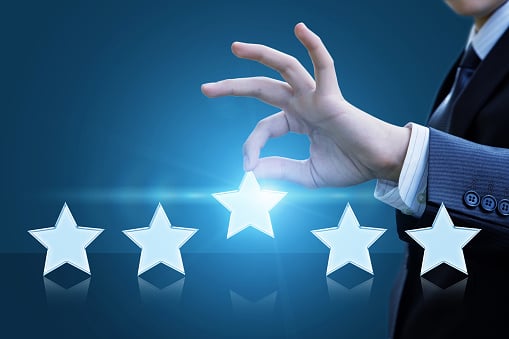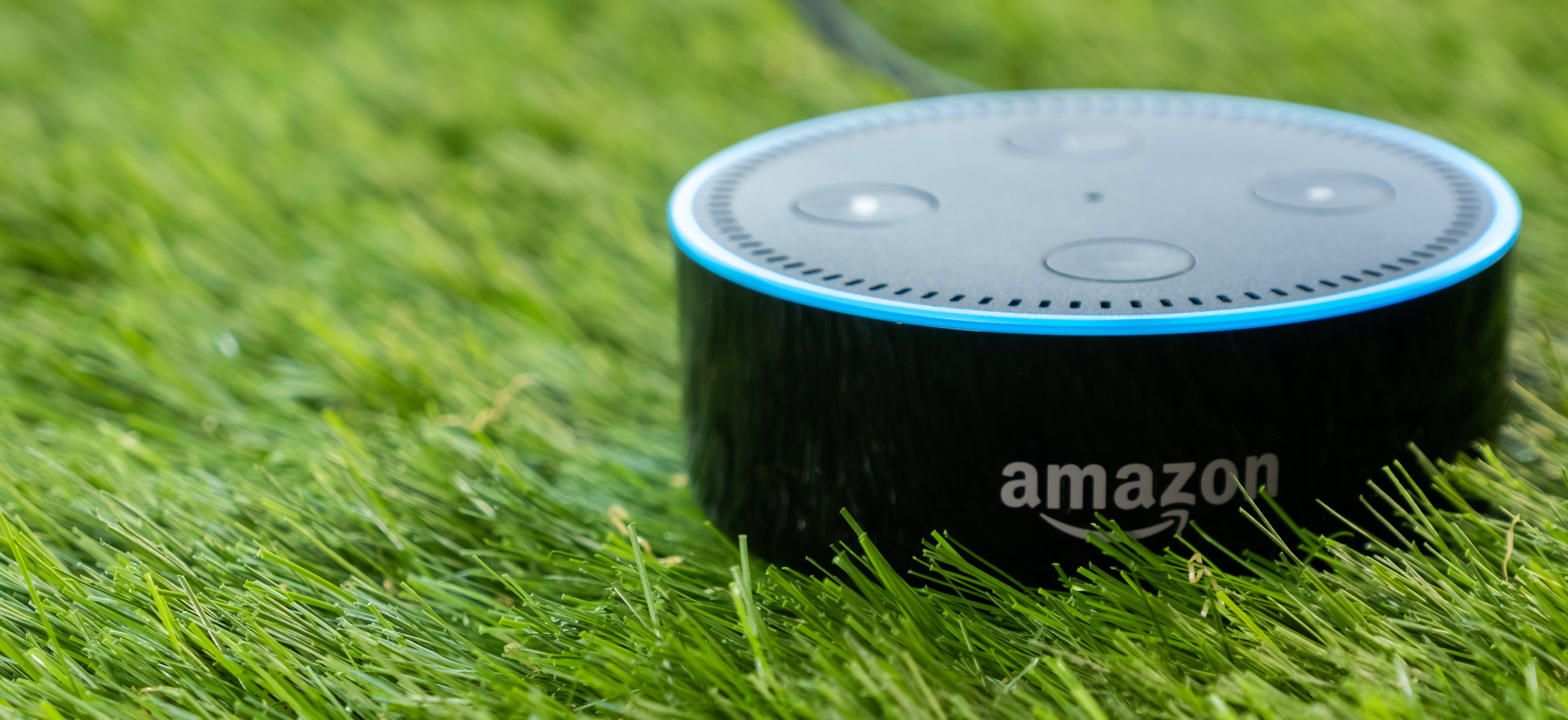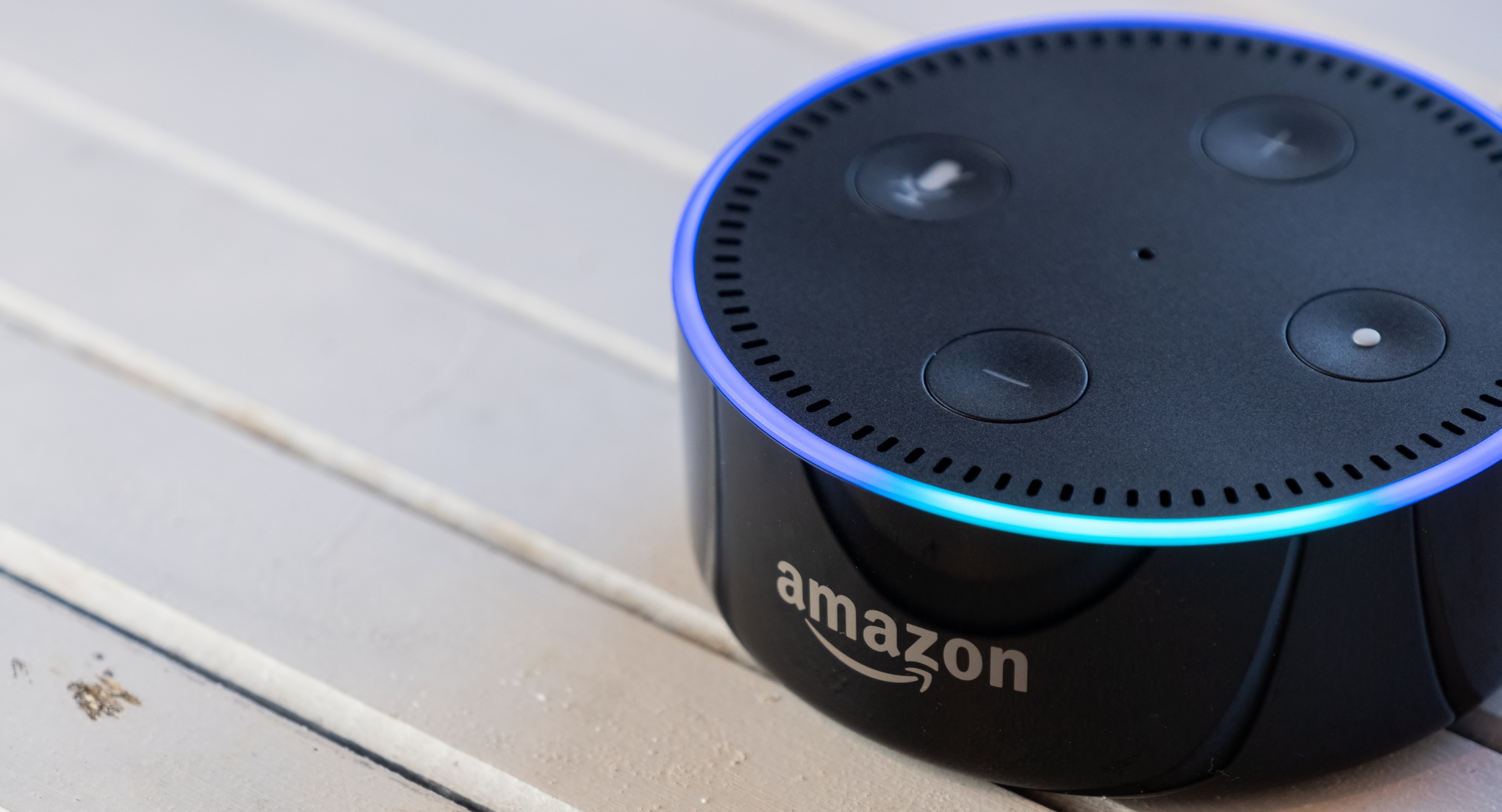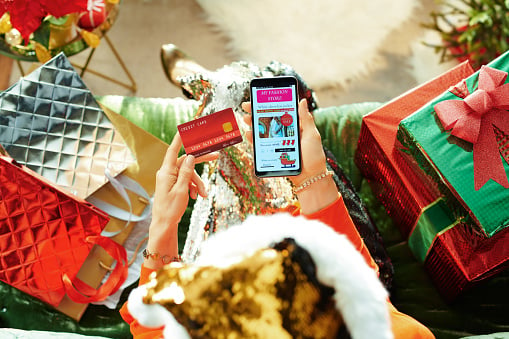4 Tenets of Loyalty Programs That Build Brand Value
Learn how Regions Bank Perfected their customer journey
Loyalty programs are a key way that businesses can gain a customer’s trust while creating brand value. The ideal loyalty program stretches across online and offline channels to build an omnichannel customer experience which is critical when it comes to your overall brand equity. Customer loyalty programs strengthen your brand, and help to foster a longer lasting customer relationship while reducing the chances of prospects considering your competitor’s product. In addition to this, customers in your loyalty program generate granular customer profile data, enabling hyper-segmented and personalized marketing campaigns.
Unfortunately, many marketers feel that their loyalty programs are struggling to attain these benefits. 30 percent of marketers feel that customers don’t see much value in joining their loyalty program, and only 13 percent of marketers feel their programs are effective at leveraging customer behavior. However, 66 percent of customers say that the ability to earn rewards can change their spending behavior – proving that loyalty programs have an effect on purchasing.
To maximize the value of loyalty programs, organizations should use them to solidify positive customer experiences, thereby creating additional value for their brand. Then, they should use insights from these programs to find data-driven solutions to customer pain points. Let’s take a look at four guidelines that a successful loyalty program should follow.
1. Provide Attainable Rewards
Loyalty programs should balance achievable benefits as well as desirable benefits. This will help customers feel rewarded for shopping with your brand, while providing benefits that they will strive to earn. To ensure your loyalty program offers attainable rewards, take a look at how often your customers redeem their loyalty benefits. If customers aren’t often using your loyalty program, then it’s not working as intended.
Instead, give out points fairly frequently – today’s consumers look for instant gratification, so your loyalty program should provide benefits quickly. Be sure that your highest value customers are receiving a tangible benefit within the first three months of joining your program, while other loyalty members should enjoy a reward within six months.
For example, consider Target’s new loyalty program, Target Circle. Target Circle has captivated the attention of shoppers, as they can earn 1 percent of their purchase’s value in store credit. Even if customers are only gaining a few dollars per shopping trip, they immediately feel a benefit from this program – and will likely remember to scan their card with every visit.
2. Gamify Your Loyalty Program
Most loyalty programs involve collecting points – unfortunately, many customers don’t have a frame of reference to determine exactly what those points do. To resolve this, marketers should create gamified loyalty programs that break down a customer’s loyalty into badges or levels, and use these points to indicate their progress to the next milestone. This helps give customers a small sense of achievement while letting them feel closer to their next goal.
This doesn’t just boost a customer’s loyalty – it’s an excellent opportunity for your brand to creatively communicate their brand image with fun content. For example, consider McDonald’s Monopoly. When a customer buys food from McDonald’s, they receive a ticket that allows them to build a monopoly game board. If a customer gets tickets that are all the same color, they win a prize. Many customers claim that this simple game gets them to visit McDonald’s when they otherwise wouldn’t – and this seems accurate, since McDonald’s sales spike by 5.6 percent when they begin their Monopoly promotion.
3. Offer Personalized Rewards
Research has shown that consumers expect their experience to be personalized. Thankfully, modern marketing technology has made it simple to collect insights about customers – especially those in the loyalty program. Marketers need to look at person-level data to determine which channels of communication a customer is most likely to engage with. Then, they need to use these channels to encourage customers to visit their store - especially when they’re close to earning a reward.
Sephora has created a loyalty program that collects personal data, while letting customers choose their own rewards. This choice is key – if a customer spends hundreds of dollars on makeup, they likely have specific brands and products they prefer to use. So, customers can redeem their points for gift cards, limited edition products, or even free beauty tutorials. Then, Sephora can take this data about a customer’s choice, and use it in future personalized campaign. Sephora’s loyalty program is one of the best in its class, with members creating about 80 percent of their annual sales.
4. Build Brand Value with Experiences
Rewards programs should reinforce a customer’s underlying psychology that positions your brand as the best solution to their needs. They should feel that your brand actively shares and advances their values, and even feel a sense of pride for being associated with your brand. Loyalty programs should focus on strengthening this source of pride. This can be done by allowing customers to earn experiences. Maybe its through an insiders club, early access to products, or entry to certain events and classes.
The North Face is one example of a brand that provides loyalty experiences that match a customer’s lifestyle. Customers earn points by purchasing products, attending branded experiences, checking in at certain locations, and by using The North Face’s app. Then, they can enjoy experience-based rewards that align with their brand image, such as the chance to go mountain climbing in Nepal.
Conclusion
To create the ideal loyalty program, brands should continuously keep a pulse on what their customers want. This is accomplished by leveraging customer data from the moment they sign up, to the moment that they can redeem a reward. This will allow your loyalty program to deepen customer relationships, generate a closer emotional connection, and encourage customers to be loyal. By properly engaging both new and current customers through your brand’s loyalty program, businesses can build a branded community and create brand advocates.




















